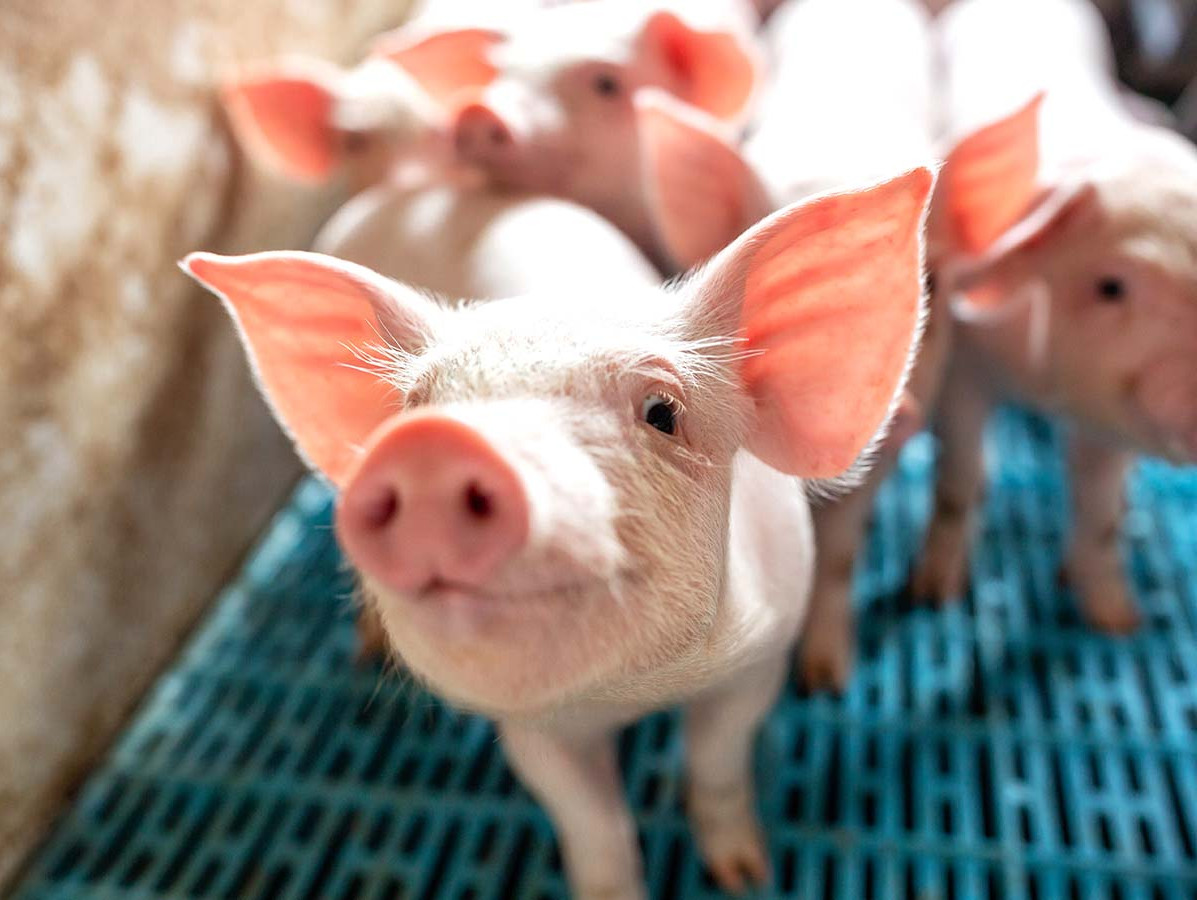
While pork production has shown a decline, prices remain surprisingly robust. In the first seven months of 2023, production in the EU27 and the UK dropped by 8.6%. At the same time, prices for slaughter pigs and piglets historically remained at a relatively high level, in part due to a tighter supply, as research from Rabobank indicates. But what does the future hold for pork in Europe? And how do these prices impact consumption and export?
In major pork-producing countries, such as Germany and the Netherlands, positive margins have slowed the decrease of the sow herd more than anticipated. Notably, Spain, France, and Denmark even displayed slight growth.
However, pork prices are under pressure. This decline is attributed to reduced demand, both within Europe and on international markets. Yet, prices in week 39 of 2023 were still 8% and 26% higher for pork carcasses and piglets respectively, compared to the previous year. A surge in pig slaughters likely contributed to this price drop.
Globally, European pork prices remain relatively high, influencing exports. Simultaneously, Brazil's market share is on the rise, with increasing export figures to Asia.
Within Europe, outcomes are mixed. While countries like Spain and the Netherlands have expanded their sales within the EU and UK, Germany and Denmark reported a decrease. Moreover, pork consumption in the EU27 and the UK dropped by 5.5%.
Looking to the future, sustainability is the keyword. Pig farmers aim for transparent production, focusing on circular agriculture, food quality, animal welfare, and a reduced CO2 footprint. This approach fosters new collaboration opportunities and possibilities for the industry.
In conclusion, despite challenges, the European pork market seems to be adapting and evolving. With a clear vision for the future and collaboration throughout the supply chain, the sector can thrive in changing times.
Source: Rabobank